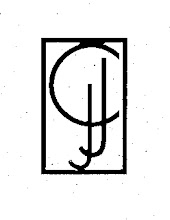
Adam Haslett addresses my concerns nicely in “The Art of Good Writing,” in which he posits: “If the history of the American sentence were a John Ford movie, its second act would conclude with the young Ernest Hemingway walking into a saloon, finding an etiolated Henry James slumped at the bar in a haze of indecision, and shooting him dead.” I would add, While lawmakers Strunk and White nodded their approval.
Thankfully, the American sentence is now in its third act and Haslett recommends Stanley Fish’s new book—How to Write a Sentence and How to Read One—to people interested in a more comprehensive look at composition (i.e., giving weight to the rhythms and sounds and emotional impact of stringing words together).
Sorry, Strunk and White: Short isn’t always best.
[Photo from The Great Train Robbery.]



No comments:
Post a Comment